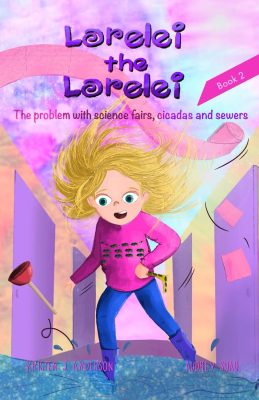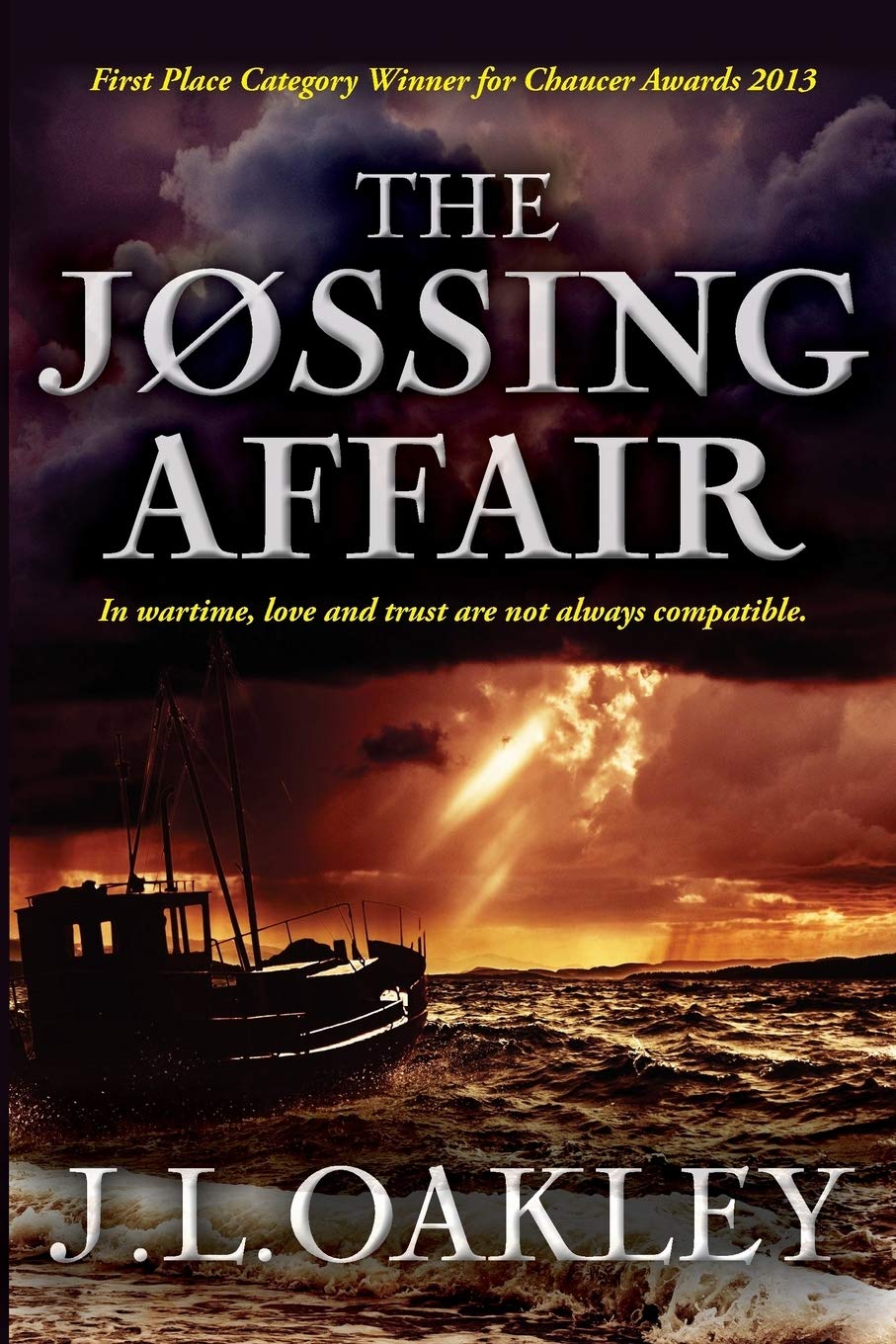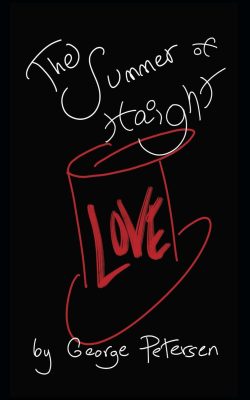|
Listen to or download this article:
|
From its very first page, Red Herrings Radio, from Gail Hulnick’s Media Mysteries series, evokes the classic mystery novels of days gone by. We meet protagonist Lillian on September 7, 1964, in the pre-dawn hours as she heads to work. The early shift at a bustling radio station may seem like excitement enough, but soon Lillian’s faced with unexpected and unpleasant thrills: there’s a dead body at work, and it’s one of her best friends.
Red Herrings Radio uses many elements of classic mystery, even down to the noir lighting of the early-morning streets. Yet it also diverges from mystery-novel tradition in interesting ways.
Unlike many older mystery books, it has not only a female sleuth, but a focus on the challenges and barriers faced by a woman in the 1960s. The book is studded with authentic period details, from Beatles mania and folk music to the Royal Tour and the World’s Fair. It also doesn’t shy away from the weightier topics of the era. As Lillian investigates Susan’s death, she finds herself grappling with looming issues like abortion and gender equality. Author Gail Hulnick gives these issues their due complexity, painting a realistic picture of the 1960s as an era of global change and growing pains.
Red Herrings Radio also breaks from mystery tradition by featuring a reluctant and inexperienced sleuth. Lillian’s no cop, though she’s certainly willing to work with the police if it’ll help her get answers about Susan’s untimely end. She doesn’t like being mixed up in the drama of investigating what’s starting to look like a murder. Still, her sense of duty to Susan’s memory overcomes her reluctance. When everyone else seems to be giving up on finding the answer, Lillian never quite lets go of hope.
The search takes Lillian to unexpected places and introduces her to unusual suspects. The doctor is hiding something, and the professor and ex-boyfriend too. Now her coworker is suddenly acting suspicious. Red Herrings Radio lives up to its name as it introduces a growing list of suspects, each with complex motivations. The more Lillian learns about Susan’s life, the stranger things get. As it turns out, her close friend wasn’t really that close after all. Did Susan’s own secrets lead to her murder?
Alongside the mystery, this is also a tale of female friendship.
Lillian starts enlisting her and Susan’s mutual friends in the investigation but starts to feel resentful as she learns she’s been left out of Susan’s major life events. Susan even had a mysterious new boyfriend who Lillian didn’t know about. As she navigates both betrayal and loss, Lillian must grow through these challenges. For her, forgiving the friends who’ve apparently shut her out is almost as big a challenge as the unofficial murder investigation.
Along the way, Lillian’s career grows too. She deftly navigates barriers at work, beginning to outshine her more-experienced colleagues and landing choice reporting assignments. Readers get a fascinating inside look at the 1960s media industry.
As the radio station sends Lillian to exciting places like the New York World’s Fair, she sneaks in opportunities to continue sleuthing. Cold War tensions are running high, and the appearance of several stern and mysterious Russians further complicates Lillian’s investigation. She has countless leads, but no certainty. Though she finds a helpful police officer who’s willing to listen, she has little to offer him. In the end, Lillian must face the fact that she cares more about the investigation than anyone else, even the professionals.
Maybe it’s because she saw Susan’s lifeless body that morning at work. Maybe it’s a desire to redeem her place in a circle of friends who have grown apart. Whatever it is, Lillian can’t quite bring herself to let go.
This book moves fast. While there are points where it would have been nice to slow the action and delve deeper into Lillian’s complex life, Red Herrings Radio rewards its readers well in the end. When things look most hopeless for her investigation, the novel takes an unexpected leap.
Lillian’s answers don’t come when she wants them to, but through patience, attention, and a willingness to forgive, she at last has a chance to put the pieces together. What she discovers is shocking, yet strangely inspiring: solving the mystery also reveals something crucial about Susan’s character. Red Herrings Radio by Gail Hulnick is an excellent read for anyone looking for approachable thrills, unexpected twists, and an intelligent lens on history and human connection.











Leave A Comment